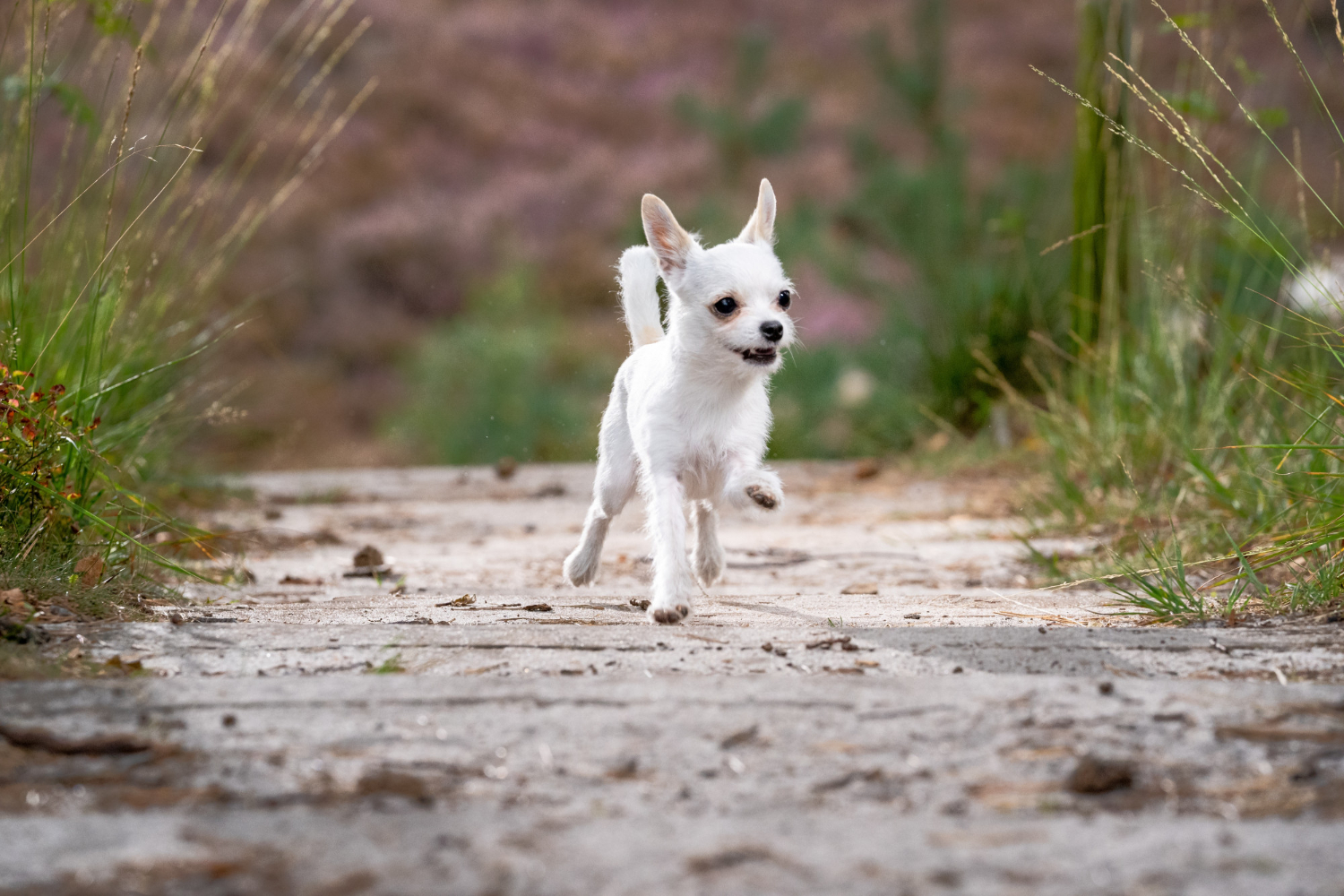
Bloat in chihuahua
The most common symptom of bloat in a chihuahua is a distended stomach. The pressure from the ballooning stomach squeezes the air sacs in the lungs, narrowing the stomach and cutting off blood flow to the vital organs. It’s also known as gastric dilation volvulus, and it’s almost always fatal if not treated.
Symptoms
Symptoms of bloat in Chihuhuas vary from dog to dog, but in general, dogs that have bloat are extremely uncomfortable and vocal, licking at their stomach, and even trying to vomit. Your Chihuahua might also show other symptoms, such as abdominal pain and swelling. Some signs of bloat can be life-threatening.
In addition to giving intravenous fluids, a veterinarian may perform tests and order an x-ray to determine if your dog has bloat. A vet may also perform an echocardiogram to assess heart function. In approximately 40 percent of cases, bloat results in abnormal heartbeats, so an echocardiogram is usually performed to make sure the heart is functioning normally.
Surgical procedures may be needed. In some cases, the twisted stomach cannot be repaired with an operation, and your dog may need surgery to repair the damage. Surgical procedures may include untwisting the stomach wall, removing a spleen, and tacking the stomach into place. While most dogs can recover from this condition with fluids and frequent walks, surgery carries a higher risk of fatality.
Causes
A gastropexy is a surgical procedure that connects the stomach to the abdominal wall. This procedure is done to reduce twisting in the stomach, preventing future bloat episodes. Although a gastropexy reduces future bloat episodes, many dogs do not survive the procedure. In addition to the aforementioned risks, toxins released from the stomach can remain in the abdominal wall for days. This procedure is also difficult on the heart and other organs. It is also a major surgery that requires several days in the hospital.
The first reason for your dog to develop bloat is because of a gastrointestinal problem. The stomach expands, pressing against vital organs and tissues, causing damage. This damage can affect the heart’s ability to pump blood around the body and cause rapid shock. In some cases, the twisted stomach can cause damage to the spleen and stomach wall, causing them to die and the dog to struggle to breathe.
Treatment
The treatment for a Chihuahua’s bloat will depend on the cause of bloat. Bloat is a digestive problem that causes the stomach to swell beyond its normal size. This condition can be potentially dangerous because the stomach may twist and cut off blood and oxygen flow to the organs inside. This can cause a dog to stop breathing properly and die.
A veterinarian will first need to determine whether your dog is suffering from bloat or another medical emergency. If you suspect bloat, your veterinarian may recommend a scan to confirm the diagnosis. Once the diagnosis has been made, he will need to release the buildup of air and gas in the stomach so that there will be no pressure on the organs surrounding the digestive system. He will likely perform this procedure through a tube, a stomach pump, or surgery.
The symptoms of bloat in a Chihuahua include restlessness and hypersalivation. There will also be a strong urge for the dog to vomit. During the vomiting process, the distended stomach will press on the internal organs, causing problems with breathing and the heart’s ability to circulate blood throughout the body. If the dog is not treated promptly, the condition can lead to diaphragmization and abnormal heart rhythm.
Prevention
The best way to prevent bloat in your dog is to educate yourself and your family on the symptoms. Even if you do everything you can to prevent bloat, if you do see a sign of bloat, you must seek veterinary care immediately. While the earlier you seek medical attention, the better, because the earlier you get a dog to the vet, the greater the chance that your dog will make a full recovery.
A veterinarian will first begin treatment by assessing your dog’s condition and giving intravenous fluids, X-rays, and blood work. A gastropexy, or stomach pump, is sometimes necessary to relieve gas and twist the stomach. The stomach is deprived of oxygen, which can cause dangerous hormones to release. A vet will also sedate your dog and run an electrocardiogram to check the heart’s functioning.
equally interesting:
The most common symptom of bloat in a chihuahua is a distended stomach. The pressure from the ballooning stomach squeezes the air sacs in the lungs, narrowing the stomach and cutting off blood flow to the vital organs. It’s also known as gastric dilation volvulus, and it’s almost always fatal if not treated. Contents 1…
